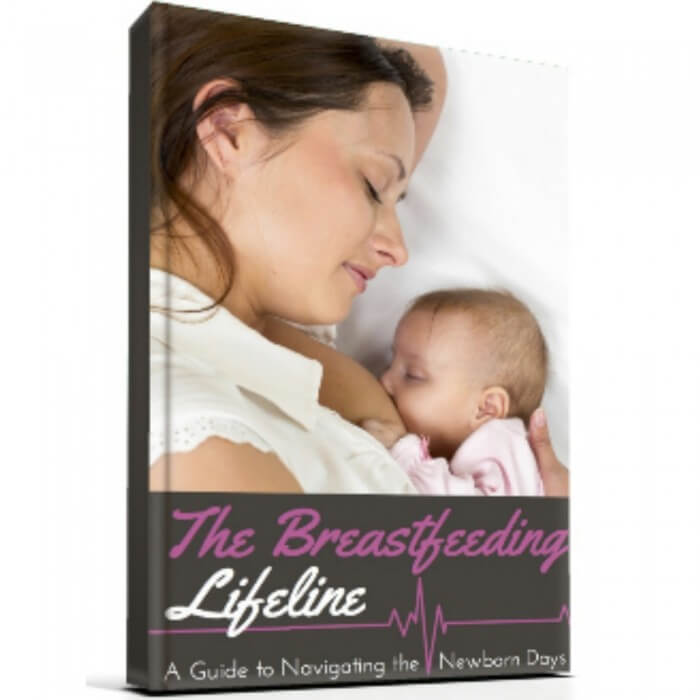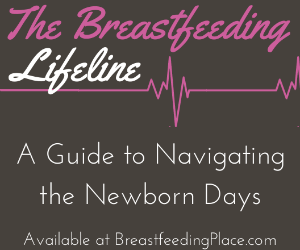
Once you’ve mastered the fine art of pumping or expressing your breast milk, you need to be able to heat up the milk to feed it to your baby. So what are your options for heating breast milk?
How to Heat Breast Milk
Whether your breast milk was frozen or refrigerated, you can choose to either heat breast milk with store-bought accessories, or you can use what you have around the house. If your milk was frozen, it will simply take a little longer to heat up. Whatever method you choose, do not let the breast milk boil. You risk destroying essential nutrients and antibodies.
Option 1: Warm Water
Take your frozen or refrigerated bottle or bag of milk and hold it under warm—not hot—water running out of your faucet, turning the container constantly until the milk is warmed through. You could also fill a bowl with warm water and place the bag or bottle in the bowl (make sure no water can leak into the bag or bottle), then cover the bowl with a towel to trap in the warmth. With either method, gently swirl the milk after heating to make sure the heat is evenly distributed. It’s recommended to feed baby within 15 minutes of heating breast milk to avoid bacteria development.
Option 2: Steaming
Fill a saucepan on the stove with water and heat it to boiling. Place a small metal cooling rack on top of the saucepan (make sure it’s stable and not easily tipped) and place the bag or bottle of breast milk on the rack. If you don’t have a rack that fits over the saucepan, just hold the breast milk over the pan, wearing an oven mitt to avoid getting burned. Once the breast milk is heated, swirl it gently for an even heat distribution. Do not put the breast milk bag or bottle into the water; keep it over the water and in the steam.
Option 3: Bottle Warmers
Bottle warmers are like the rice cookers of the breastfeeding world. You can set your breast milk to “cook,” then forget about it until it’s ready. Every warmer is different; some require you to add water to steam the milk while others don’t. Some are battery-powered while others use cords. Most will accept all bottle sizes. Some will even sterilize your pacifiers. To heat the breast milk, simply stick the bottle of milk in the warmer and follow the instructions. Before you heat up breast milk bags, make sure the bottle warmer you are using is safe for bags.
There are just as many—if not more—varieties of travel bottle warmers. Some will plug into the car adapter, while others include a thermal flask to keep your heating water warm. Other varieties include insulated sleeves, warming wraps or bands, or heating cartridges. Again, just follow the instructions to warm your milk.
Can’t I Just Microwave My Breast Milk?
NEVER microwave breast milk. This will not only unevenly heat the breast milk and create hot spots, it will also destroy some of the milk’s nutrients. If you stick a bag of breast milk in the microwave, the bag could explode.
Testing the Temperature of the Breast Milk
Make sure to test the temperature of the heated breast milk before feeding it to baby. Squirt a little milk straight from the bottle to your wrist; the breast milk should feel warm but not hot. Or you could drip some straight onto your tongue (avoid sticking the bottle in your mouth or touching the nipple to your tongue).
Can I Reheat Milk I’ve Already Fed My Baby?
The jury is still out on whether reheating breast milk again is truly safe for baby. Some are against the idea, while others say that more feedings with the same milk will lessen the bacteria in the milk. Most experts agree that feeding, refrigerating, and then reheating once is okay, as long as you don’t keep it longer than 24 hours. However, stick with your mommy instinct; if it looks or smells bad to you, throw it out. And remember to never refreeze thawed milk.
Do I Really Need to Heat Breast Milk?
Although it’s always up to you if you want to heat the milk, most babies will prefer milk closer to its original expressed temperature (aka, warm from Mommy). The biggest challenge at a cold temperature would be a separation of the fat layer from the rest of the milk; it won’t mix together so easily when it’s cold. Babies do need that fat, and they might not get enough of it if the fat is separated from the milk.






[…] Heating Breast Milk […]